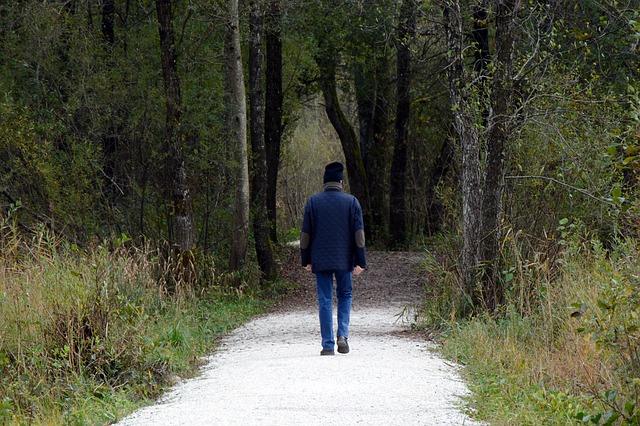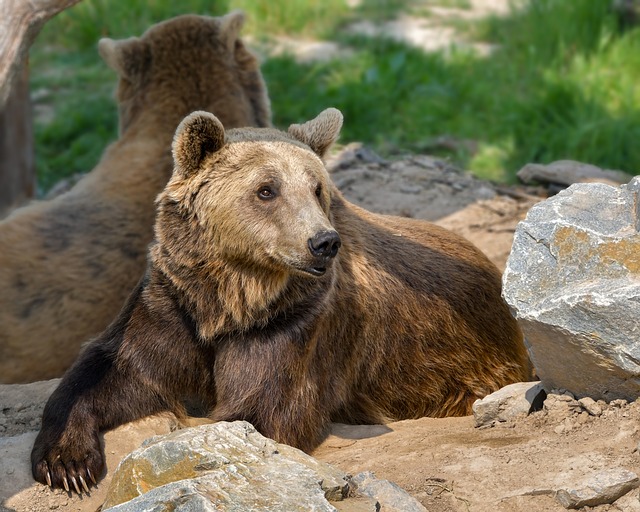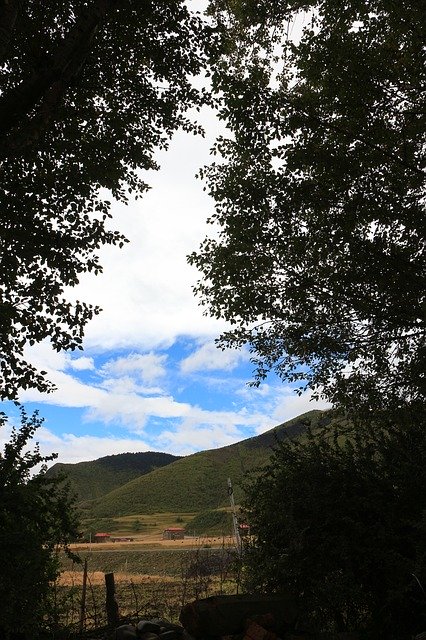Diana Winston, Director of Mindfulness Education, at MARC, UCLA offers a meditation podcast where she introduces a range of meditation practices. Her guided meditation covers The Spectrum of Awareness Practices. During the meditation, Diana likens the different practices to changing the lens and focus of a camera – from narrow to broad to panoramic. Her aim is to open us up to the possibilities inherent in meditation practice so that we can choose a preferred awareness focus as a regular practice or seek variety by consciously “changing our lens”. It is not her intention to provide an exhaustive list of meditation practices but to show that there is a broad spectrum in terms of what we can pay attention to and the resultant focus of our awareness.
The telephoto lens – narrow focus
The first meditation practice Diana introduces is what she describes as using a telephoto lens – homing in on a specific object of awareness and leaving awareness of other things in the background (as you would when you focus your camera on a bird in a tree in a distant location). The focus can be your breath (the rise and fall of your abdomen), specific body sensation or a noise within your room. As your mind wanders from this chosen anchor, you can bring it back into focus (as you would when adjusting a lens for greater clarity of an image). This form of awareness meditation develops concentration, calmness, and clarity.
Wide lens – broader focus
We can broaden our focus beyond our breathing to a particular body sensation or a difficult emotion that draws our attention away from our breath. We could pay attention, for instance, to the sense of groundedness in our feet, the warm tingling in our fingers or the tightness in our shoulders. With a difficult emotion, such as resentment, we could focus not only on the nature and intensity of the emotion but also its bodily manifestation, e.g., tightness in the chest, stiffness in the jaw or pain in the neck. We can name the emotion and describe its intensity to better tame it and bring it under control. This broader form of awareness practice can help us to understand our emotions and our triggers, develop emotional regulation, build body awareness and increase our awareness of our mind-body-emotion connection.
Panoramic lens – being conscious of awareness itself
Here we broaden our attention beyond a chosen focus to what exists both within and without us. It involves tapping into our natural awareness – a consciousness of what is going on inside us as well as around us, without any specific focus. It requires opening up fully to our inner landscape and our external environment – taking in the sights, sounds, smells, touch, and taste of what we experience. This is the spaciousness in which we become conscious of awareness itself. Natural awareness helps us to cultivate openness and acceptance, curiosity and appreciation and a sense of wonder and awe.
Reflection
Diana introduces the spectrum of awareness as a way to broaden and enrich our meditation practice, increase our understanding of the nature of awareness and its pervasiveness, and enrich our daily life so that we can live more fully, engaging with ourselves and the world with heightened awareness and gratitude. David Sinclair in his book, Lifespan, describes something of the richness of openness to natural awareness when he describes the experience of bushwalking with his family as “Searching for serenity. Hearing stories. Finding Beauty. Making memories. Sharing wisdom.”
Diana describes natural awareness and other mindfulness practices in more detail in her book, The Little Book of Being. As we grow in mindfulness through different forms of meditation, we can experience life more fully and enrich the lives of others from the fullness of our own life.
________________________________
Image by Manfred Antranias Zimmer from Pixabay
By Ron Passfield – Copyright (Creative Commons license, Attribution–Non Commercial–No Derivatives)
Disclosure: If you purchase a product through this site, I may earn a commission which will help to pay for the site, the associated Meetup group and the resources to support the blog.









